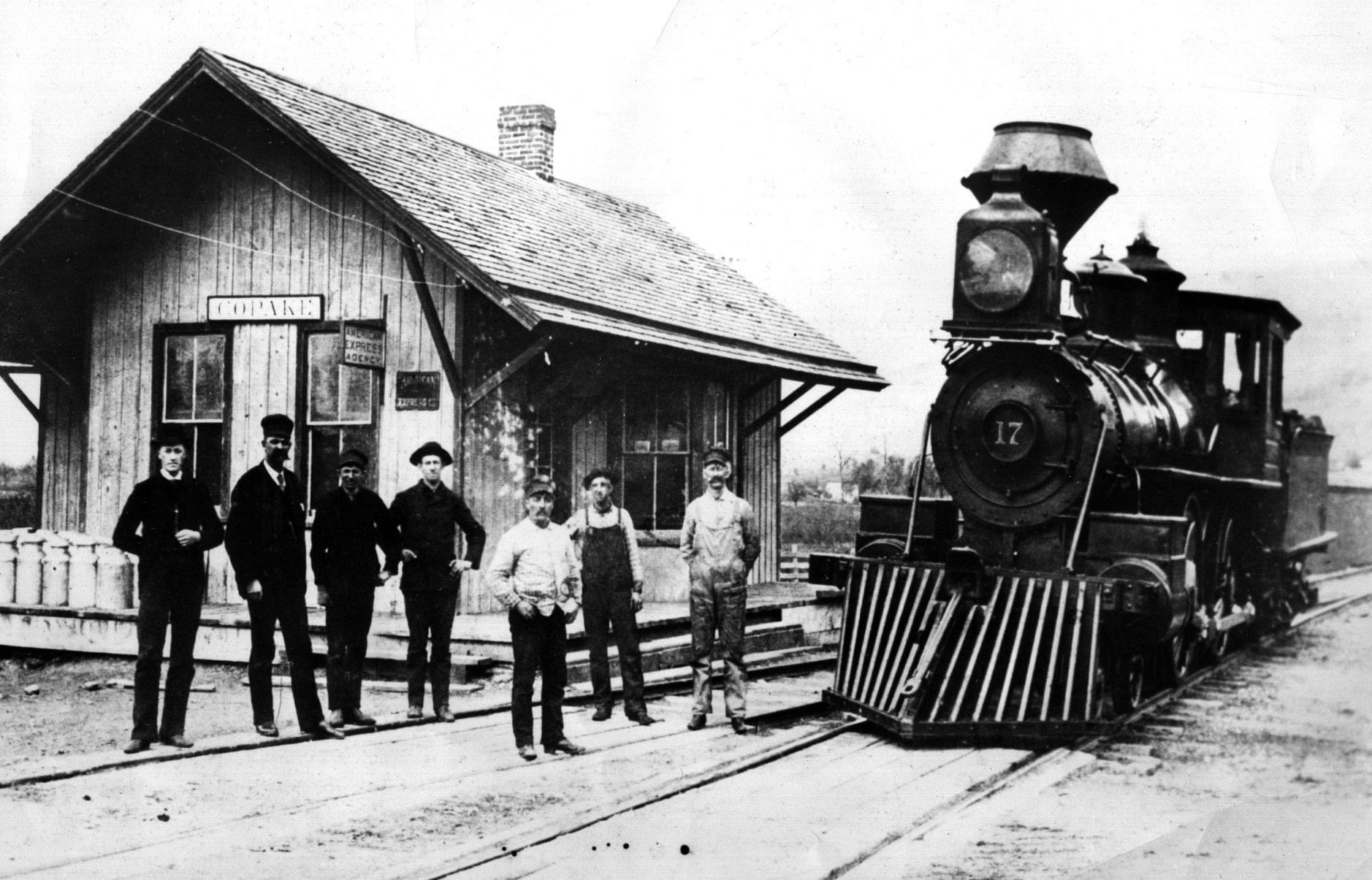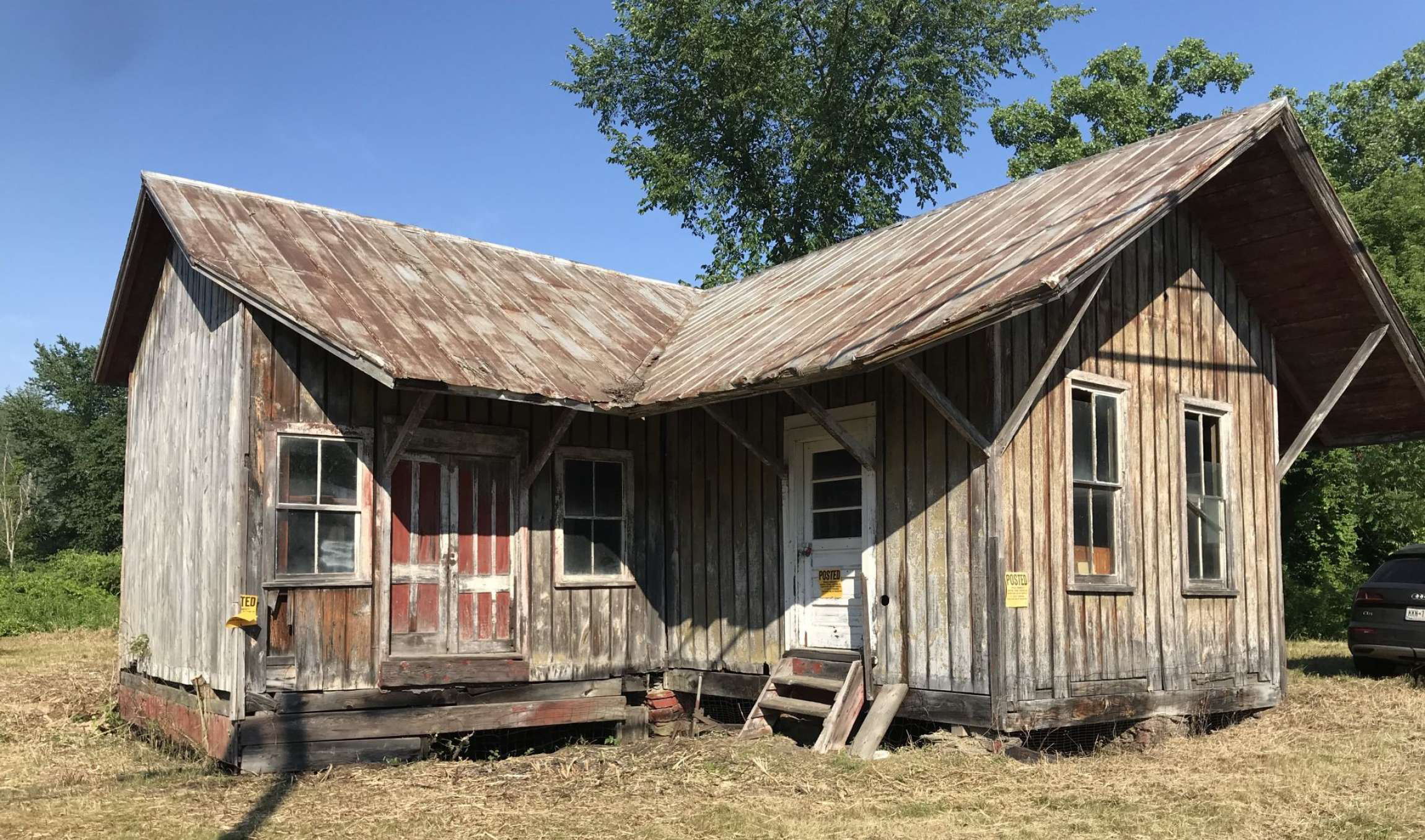Old houses are
worth preserving
At Worth Preserving, we identify properties in need, rally the resources to rehabilitate them, and return them to productive use. Are you ready to do this? We’re here to help!
On The Boards...
I couldn’t do this project without Kate. The team she’s built is incredible. Kate is so patient and considerate in how we deal with the different agencies involved and everyone who has to come together for a project like this.
~ SS, depot owner
1876 Train Depot
Copake, New York
CLIENT: A software engineer whose fascination with trains and the possibilities of this abandoned building magnified every time she drove by until she knew she had to buy it. Such is her vision that she also purchased a caboose and moved it to the site! One word for this client: intrepid.
ASSIGNMENT: The client followed Worth Preserving on Instagram and, trusting her instincts, hired us to develop a rehabilitation strategy for the building and reprogram it for residential use, specifically short-term rentals to share the experience of living in a historic train depot with as many people as possible.
CHALLENGES: Since we specialize in whole-house rehabilitation projects, structures suffering extreme neglect and in need of pretty much everything don’t faze us at all. Still, this building was a horse of a different color. In fact, most people (including contractors we consulted) thought it should be torn down and rebuilt from scratch. The to-do list is…extensive. But the main challenge is, how to get electricity, running water, plumbing, HVAC and insulation into a building that never had any—and doesn’t have a basement to put it all in—while also preserving as much historic fabric as humanly possible. And it’s in a flood plain and environmentally sensitive wetlands buffer zone.
SCOPE: Worth Preserving is helping the client navigate a permitting process that involves in-depth review by town zoning and planning boards; the county planning, highway and health departments; the New York State Department of Environmental Conservation; and the State Historic Preservation Office. As we receive the agencies’ feedback, we are working with the client’s architect and engineers to adapt the rehabilitation design accordingly. Once approvals are secured, the plan is to begin site work to install a septic system, well, and electrical, and excavate for necessary foundation work as all the new systems are brought into the building via a discreetly designed mechanical space. In order to quality for historic rehabilitation tax credits, the adaptive reuse of the depot must strike a careful balance, enhancing it with 21st-century residential features (bedrooms, kitchen, bathrooms), addressing current building and energy codes, raising the structure up out of the flood plain as much as possible while preserving the essential character of the historic building and its setting.
TEAM: We’re excited to work with Marilyn Kaplan, principal of Preservation Architecture New York; Thomas Cummings (structural engineer); Patrick Prendergast (civil engineer); and the various officials and agencies guiding us along the way. As we assemble the team of contractors with skills matched to this unique project, we look forward to working with a range of experts at the top of their games.
1892 Queen Anne
Milton, New York
CLIENTS: A couple with a puppy and a baby on the way are ecstatic to finally own a historic home…but the exterior has seen better days.
ASSIGNMENT: The clients read about Worth Preserving in Hudson Valley Magazine and squirreled away the article, knowing one day they’d need to call. After a site meeting and a bottom-to-top investigation of the house, Kate recommended they phase their project and begin by restoring the front porch.
CHALLENGES: Since the house was covered in vinyl siding many years ago, the porch has special value as the only original wood fabric that remains visible on the exterior. Modifications have been made, including the removal of a decorative handrail, and many elements exhibit water damage and rot. Fortunately, the previous owners passed down a historic photograph of the house, and Worth Preserving has recruited a preservation carpenter skilled at repairing and replicating wood details.
Stay tuned as this new project develops!
Past Projects
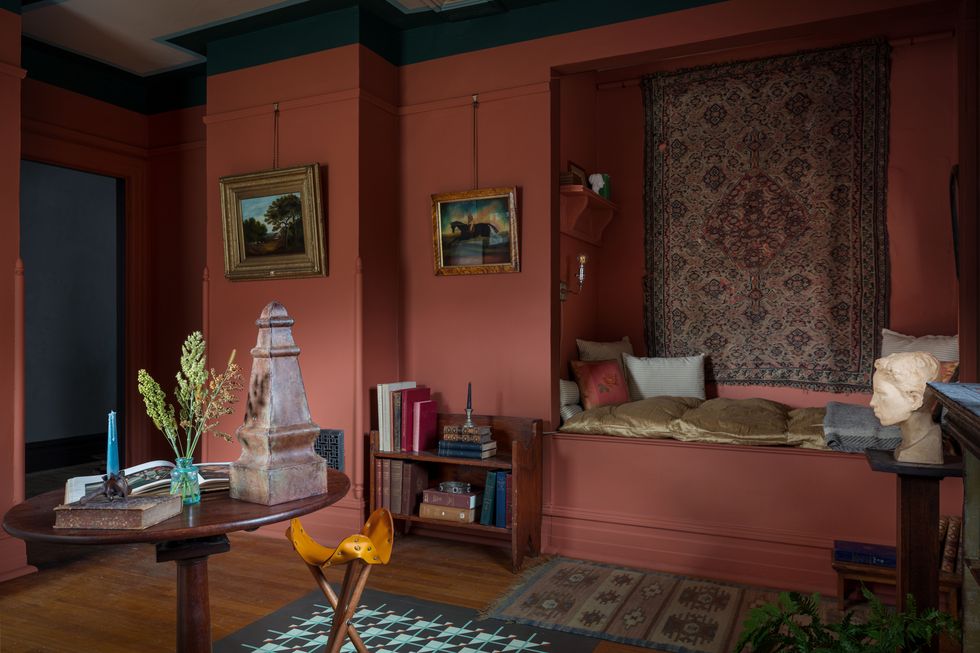
Collaboration with Quittner; photo by Phil Mansfield
2022
Kingston Design
Showhouse
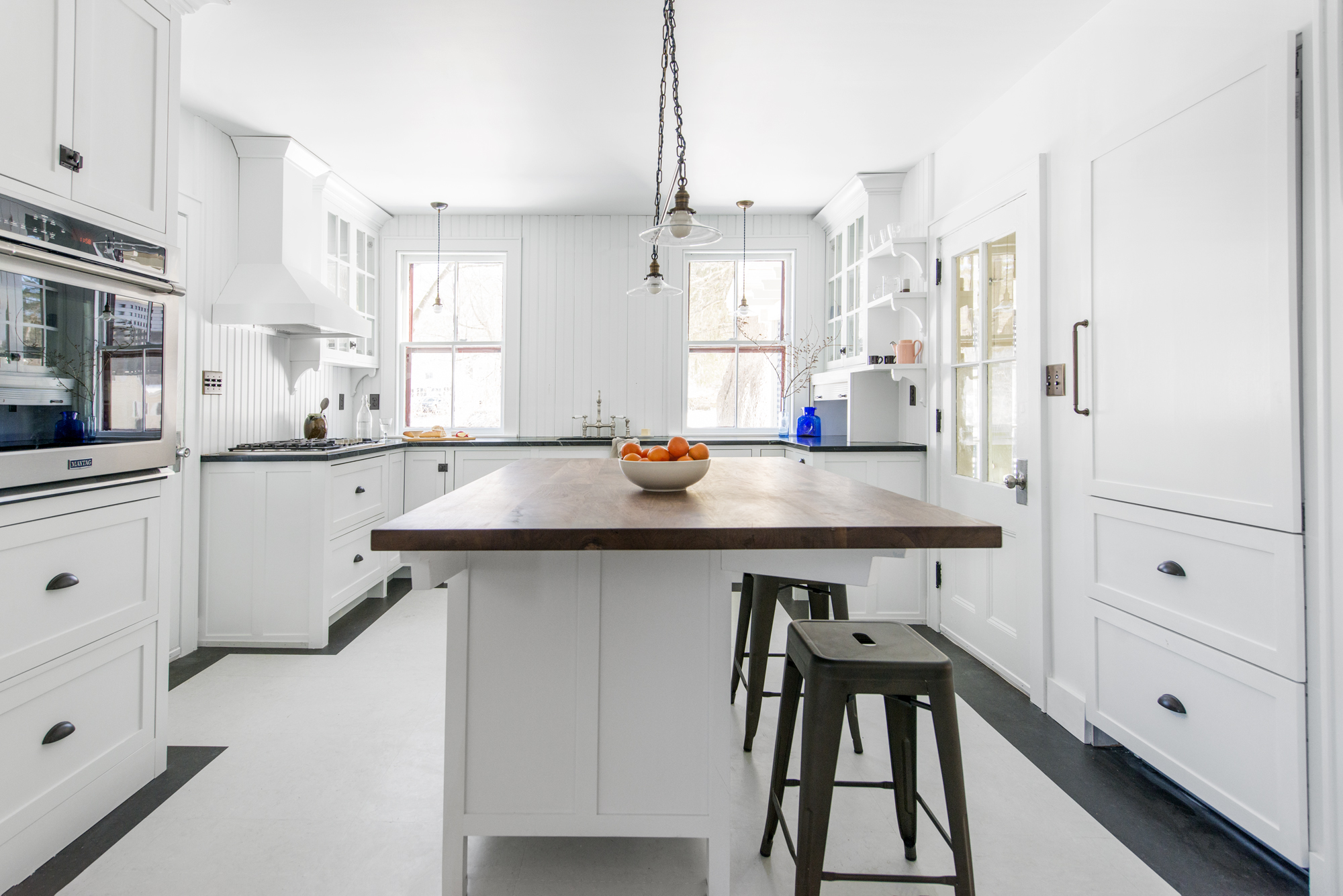
Photo by Em McCann Zauder
Early-1900s
Arts &
Crafts Home
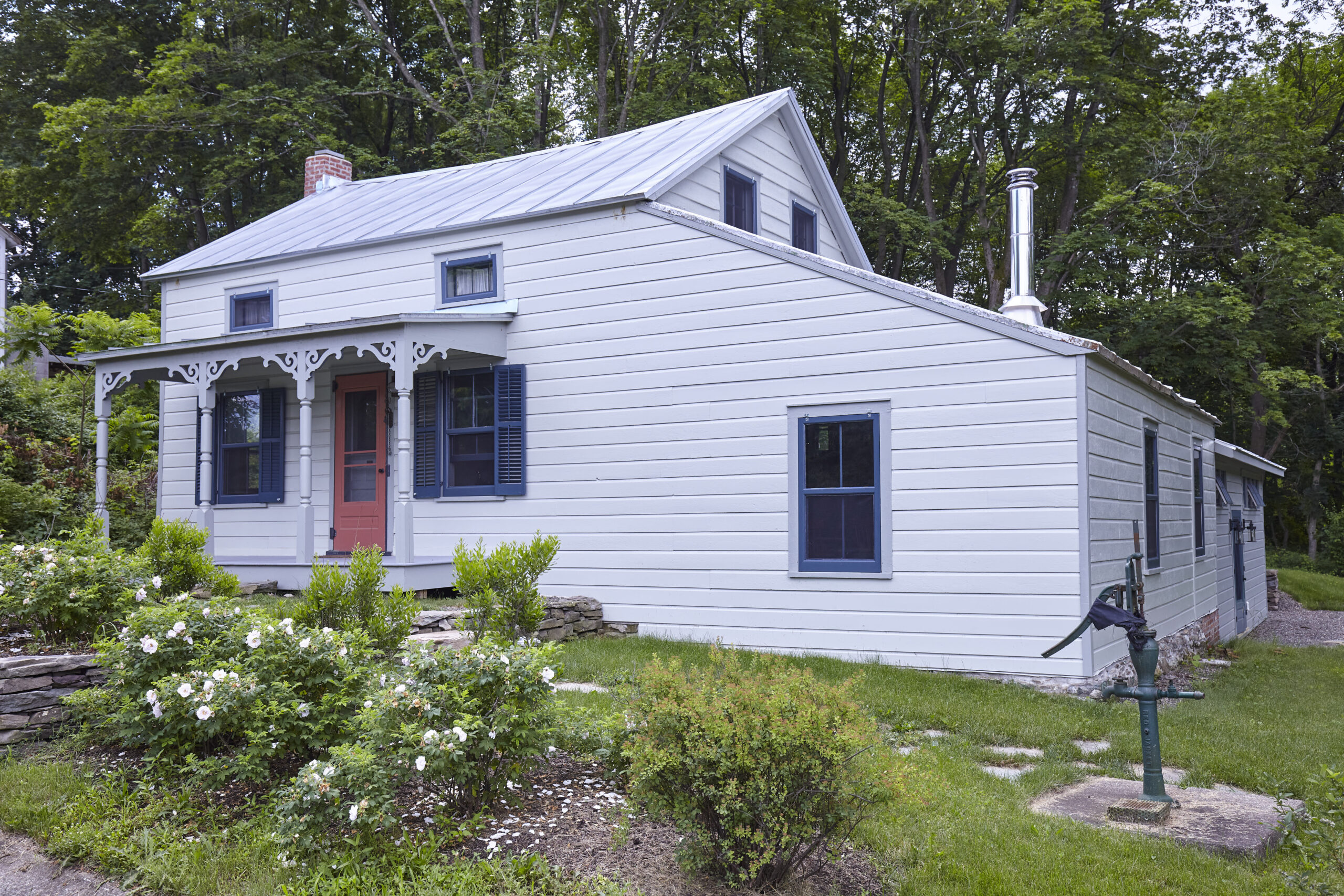
Photo by Tim Hout
Circa-1800
“New World
Dutch Vernacular”
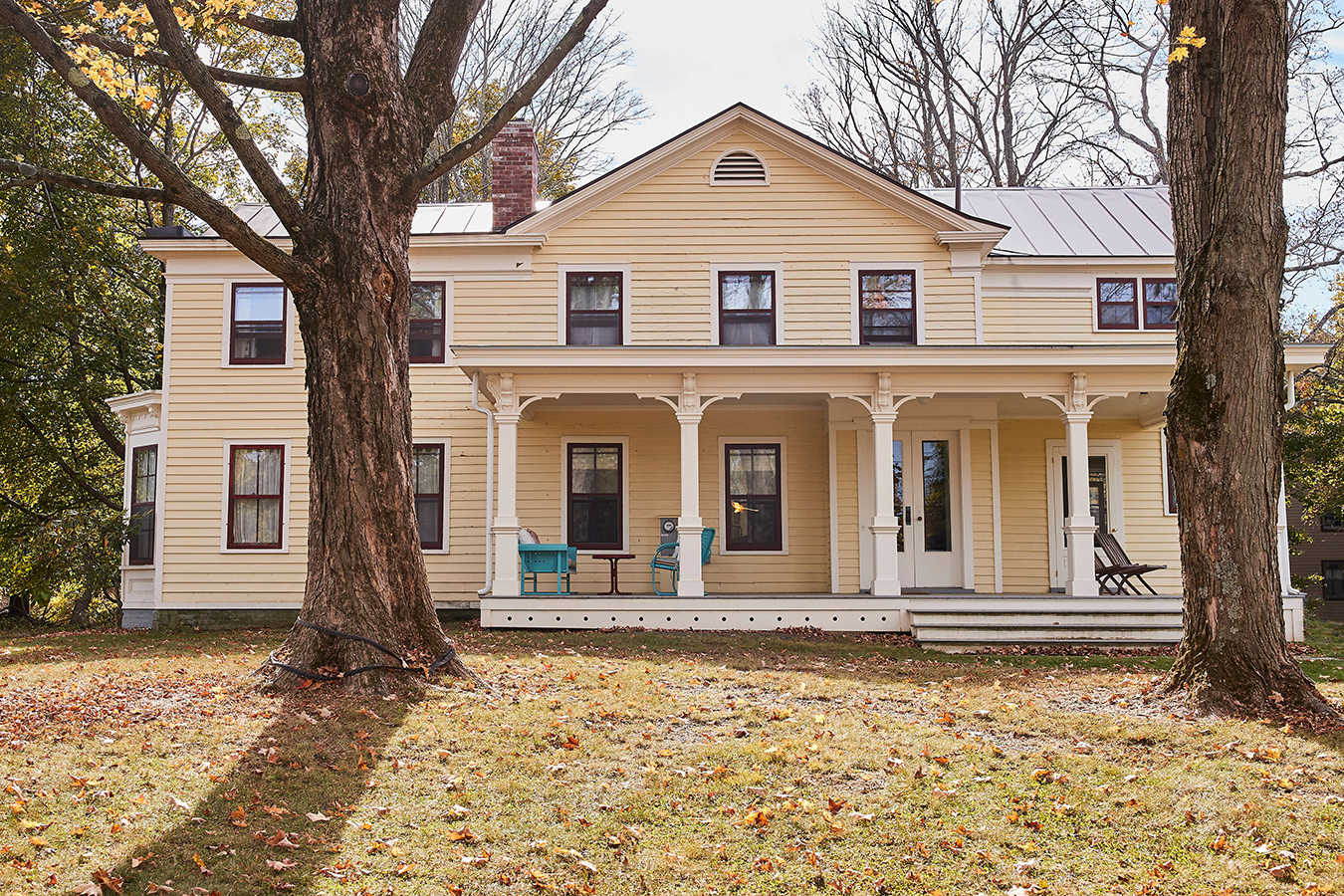
Photo by Monika Kratochvil
19th-century
farmhouse

Photo by Henrik Olund



